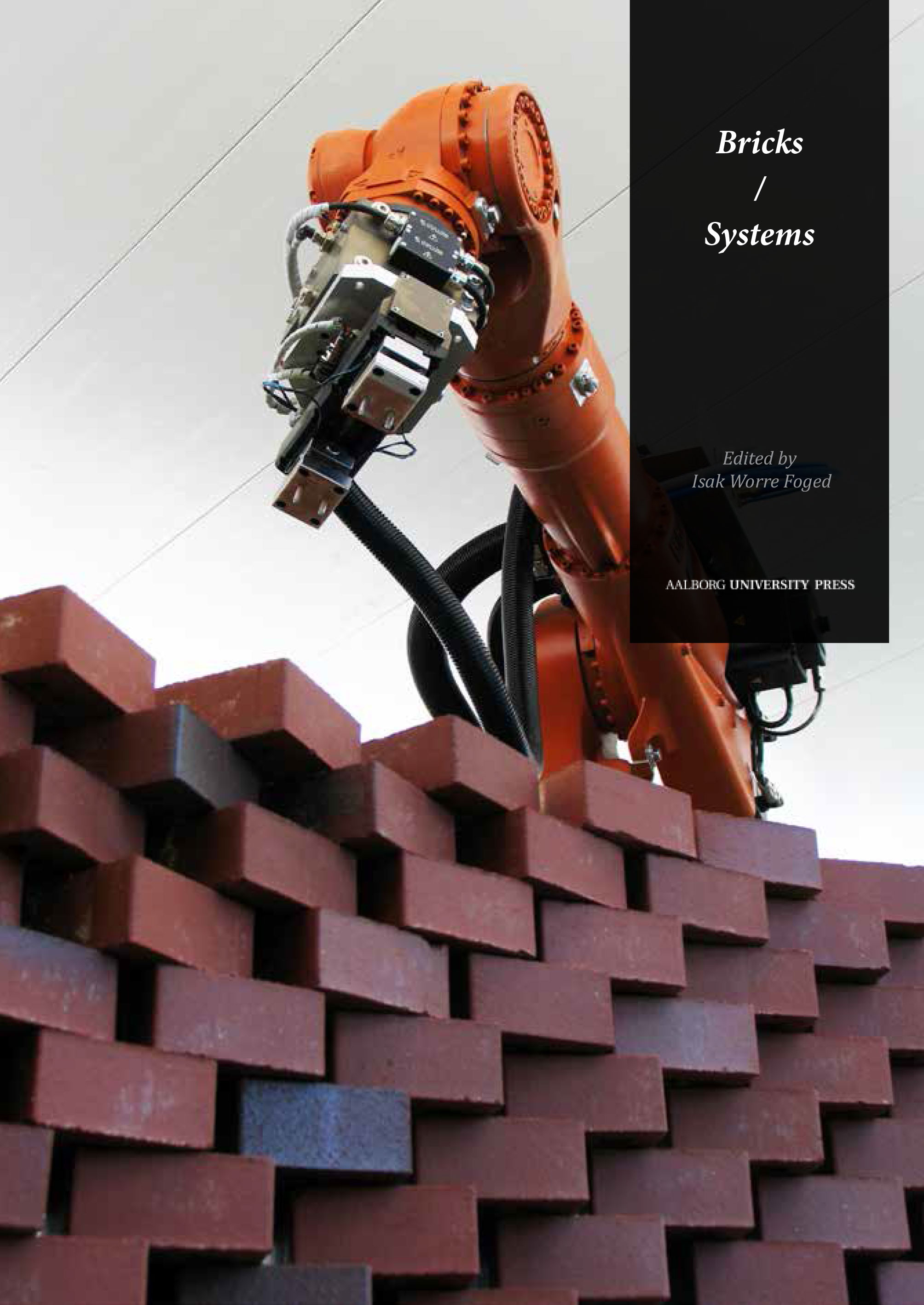Shaping design teaching
Af redaktør nicolai steinø , mine özkar
This book presents an overview of form-making as it is taught in different architecture and design programs across the world. This diverse collection of pedagogical experiences will certainly be of interest to architecture and design instructors as well as their students.
With a few exceptions, such as the emphasis on materiality in the Bauhaus curriculum, the modernist tradition emphasizes form and space at the beginning of the design process while the defi nition of materials are left to a second phase, and often to a second professional, the structural engineer. Today, material properties and the computer-controlled production processes used to achieve them not only contribute to spatial defi nitions but allow the emergence of unexpected possibilities. Structural and environmental performances are no more a direct consequence of geometry, but are intentionally embedded in the materials which buildings are made of.
The book addresses the challenge of educating architects that are ready to operate in this new order. Hands-on experience with physical materials is therefore a central theme throughout the book. The compilation starts with a theoretical overview by Rivka Oxman, one of the most acknowledged authors in the fi eld. Next, examples of educational experiences with different levels of abstraction are described in detail. The book ends with a thorough analysis from a pedagogical perspective.
I believe this book can have a transforming infl uence in architecture schools that are still rooted in modern educational practice.
Gabriela Celani, University of Campinas, Brazil
-
This book presents an overview of form-making as it is taught in different architecture and design programs across the world. This diverse collection of pedagogical experiences will certainly be of interest to architecture and design instructors as well as their students.
With a few exceptions, such as the emphasis on materiality in the Bauhaus curriculum, the modernist tradition emphasizes form and space at the beginning of the design process while the defi nition of materials are left to a second phase, and often to a second professional, the structural engineer. Today, material properties and the computer-controlled production processes used to achieve them not only contribute to spatial defi nitions but allow the emergence of unexpected possibilities. Structural and environmental performances are no more a direct consequence of geometry, but are intentionally embedded in the materials which buildings are made of.
The book addresses the challenge of educating architects that are ready to operate in this new order. Hands-on experience with physical materials is therefore a central theme throughout the book. The compilation starts with a theoretical overview by Rivka Oxman, one of the most acknowledged authors in the fi eld. Next, examples of educational experiences with different levels of abstraction are described in detail. The book ends with a thorough analysis from a pedagogical perspective.I believe this book can have a transforming infl uence in architecture schools that are still rooted in modern educational practice.
Gabriela Celani, University of Campinas, Brazil
-
Antal sider
224
isbn
13 978-87-7112-082-0
Udgave
1. edition
Udgivelsesår
2012
-
Filnavn Download
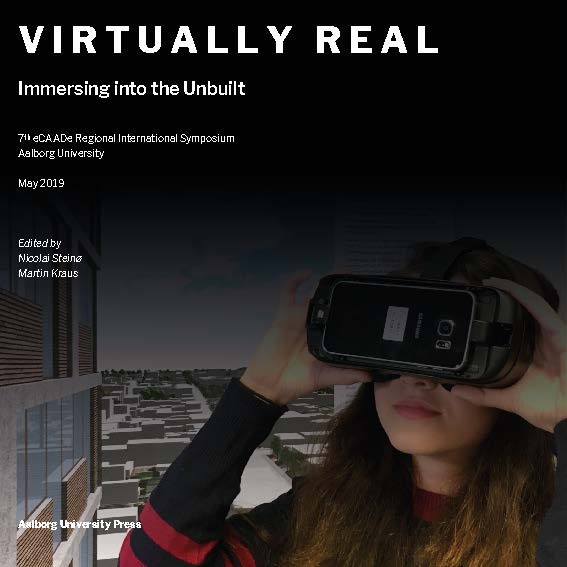
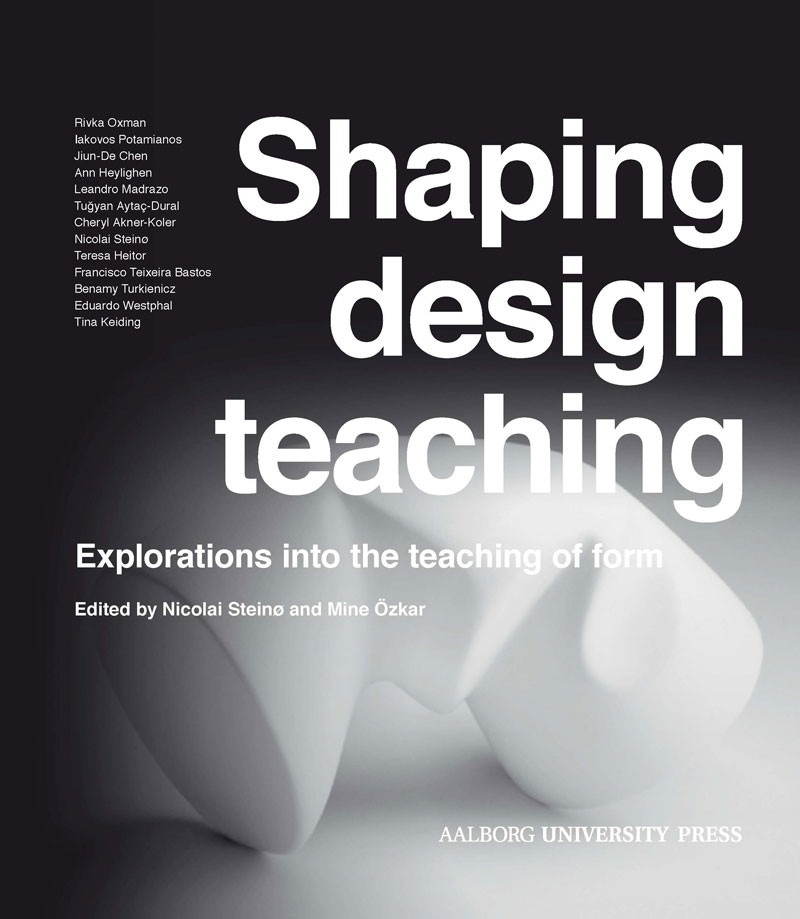
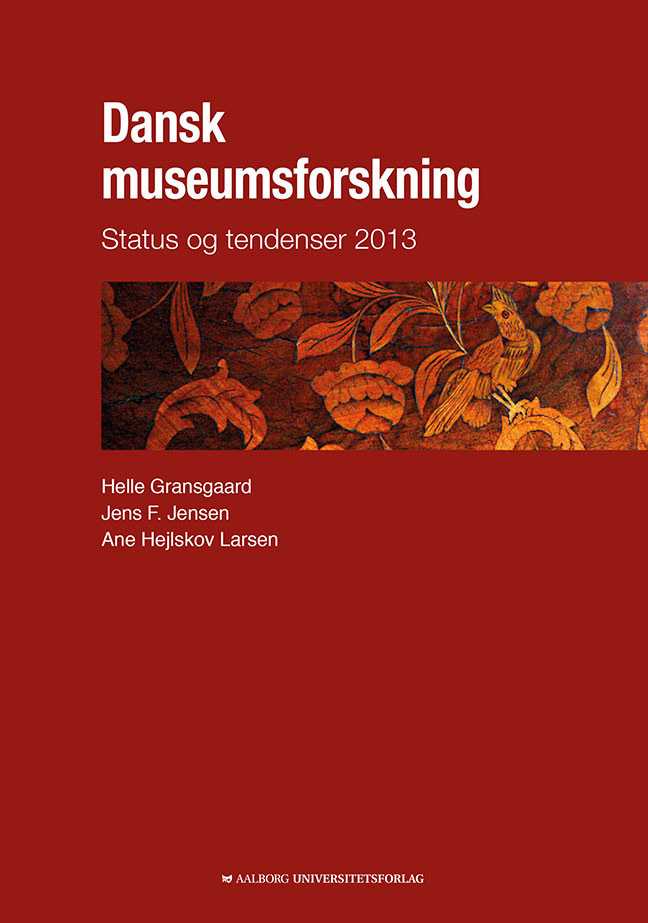
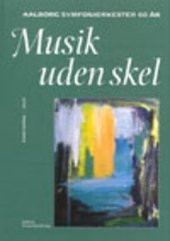

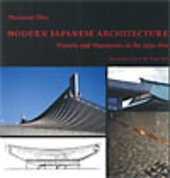
-public.jpg)








-public.jpg)
